Plague doctors: Separating medical myths from facts
Reference article: Facts about plague doctors.
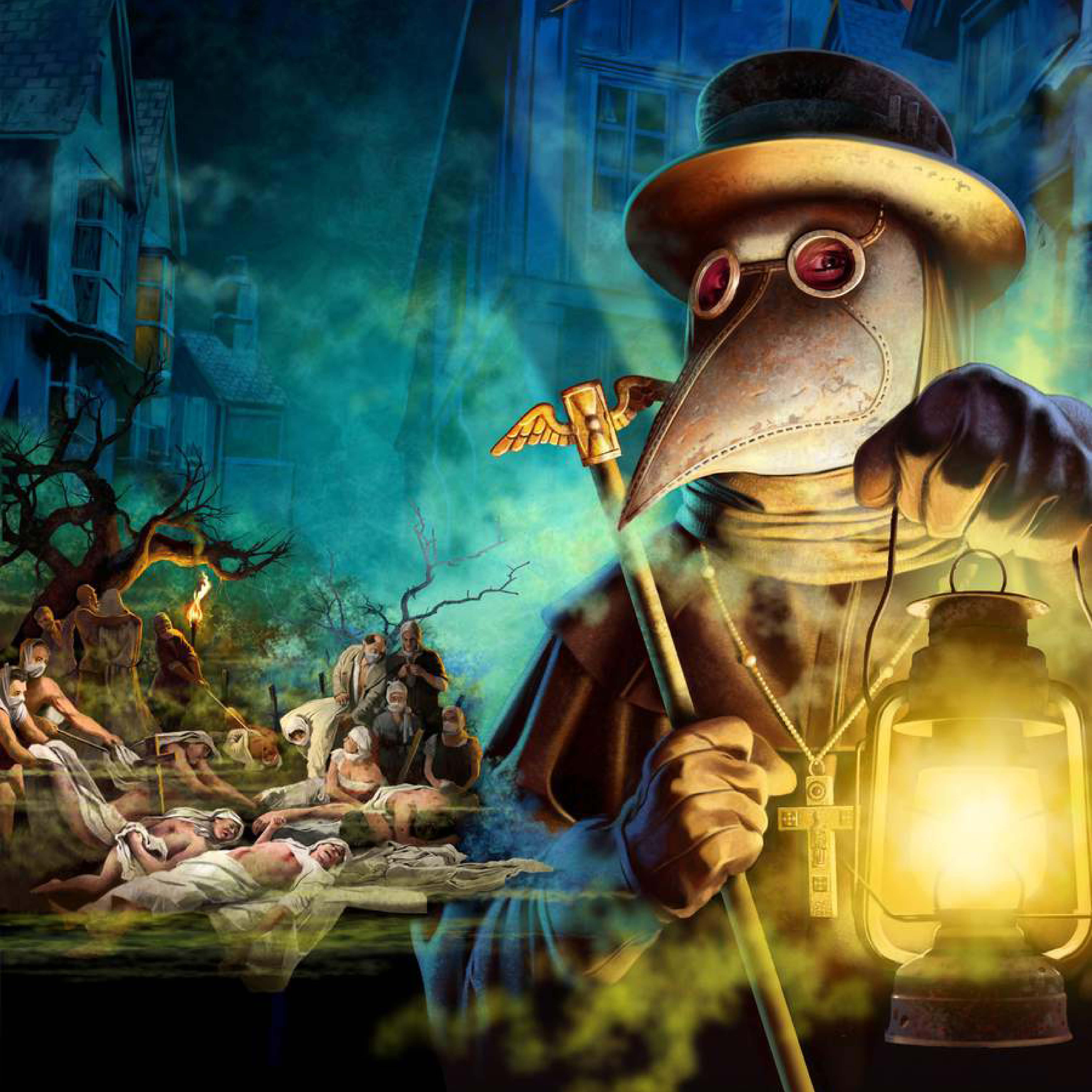
You’ve seen them before: mysterious figures, clad from head to toe in oiled leather, wearing goggles and beaked masks. The plague doctor costume looks like a cross between a steampunk crow and the Grim Reaper, and has come to represent both the terrors of the Black Death and the foreignness of medieval medicine.
However, the beak mask costume first appeared much later than the middle ages, some three centuries after the Black Death first struck in the 1340s. There may have been a few doctors in the 17th and 18th centuries who wore the outfit, including the iconic beak mask, but most medieval and early modern physicians who studied and treated plague patients did not.
Related: Save 50% on All About History magazine this Black Friday
Why did plague doctors wear beak masks?
According to Michel Tibayrenc's book "Encyclopedia of Infectious Diseases" (John Wiley & Sons, 2007), the first mention of the famous plague doctor costume is found in a mid-17th century work written by Charles de Lorme, a royal physician in the service of King Louis XIII of France. De Lorme wrote that during a 1619 plague outbreak in Paris, he developed an outfit made entirely of Moroccan goat leather, including boots, breeches, a long coat, hat and gloves. Wearing this protective equipment suggests that doctors had grown more concerned about catching plague directly from their patients, rather than from the air itself.
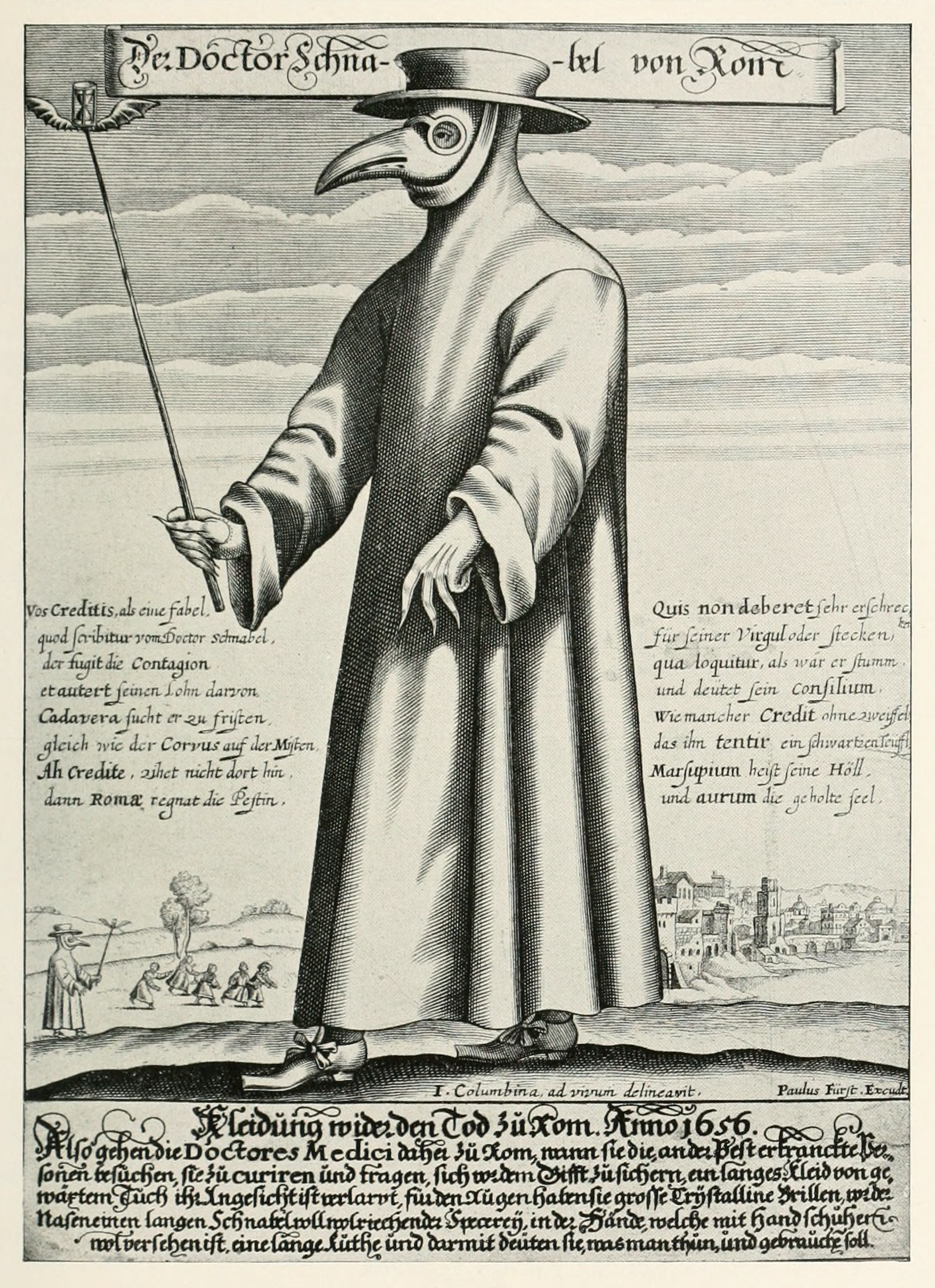
The main feature of the outfit was a tight-fitting mask, complete with crystal eyepieces. This extended into a long beak, which was about half a foot (15 centimeters) long and filled with perfume or aromatic herbs. The beak was the most iconic feature of the outfit, and was thought to be essential for the doctor to prevent the inhalation of "pestilential miasma," or disease-ridden air coming directly from the patient.
Related: In photos: 14th-century 'Black Death' grave discovered
After De Lorme's written description of the plague costume, our best visual evidence comes from the year 1656, when an especially devastating plague killed hundreds of thousands of people in Rome and Naples. The German engraver Gerhart Altzenbach published a popular image of a plague doctor in full garb, with text describing how the outfit protected the wearer against death.
An even more iconic image of a plague doctor is Paulus Fürst’s satirical 1656 engraving called "Doctor Schnabel von Rom," or "Doctor Beaky from Rome." Copied from Altzenbach's illustration, Fürst alternately describes how the doctor does nothing but terrify people and take money from the dead and dying.
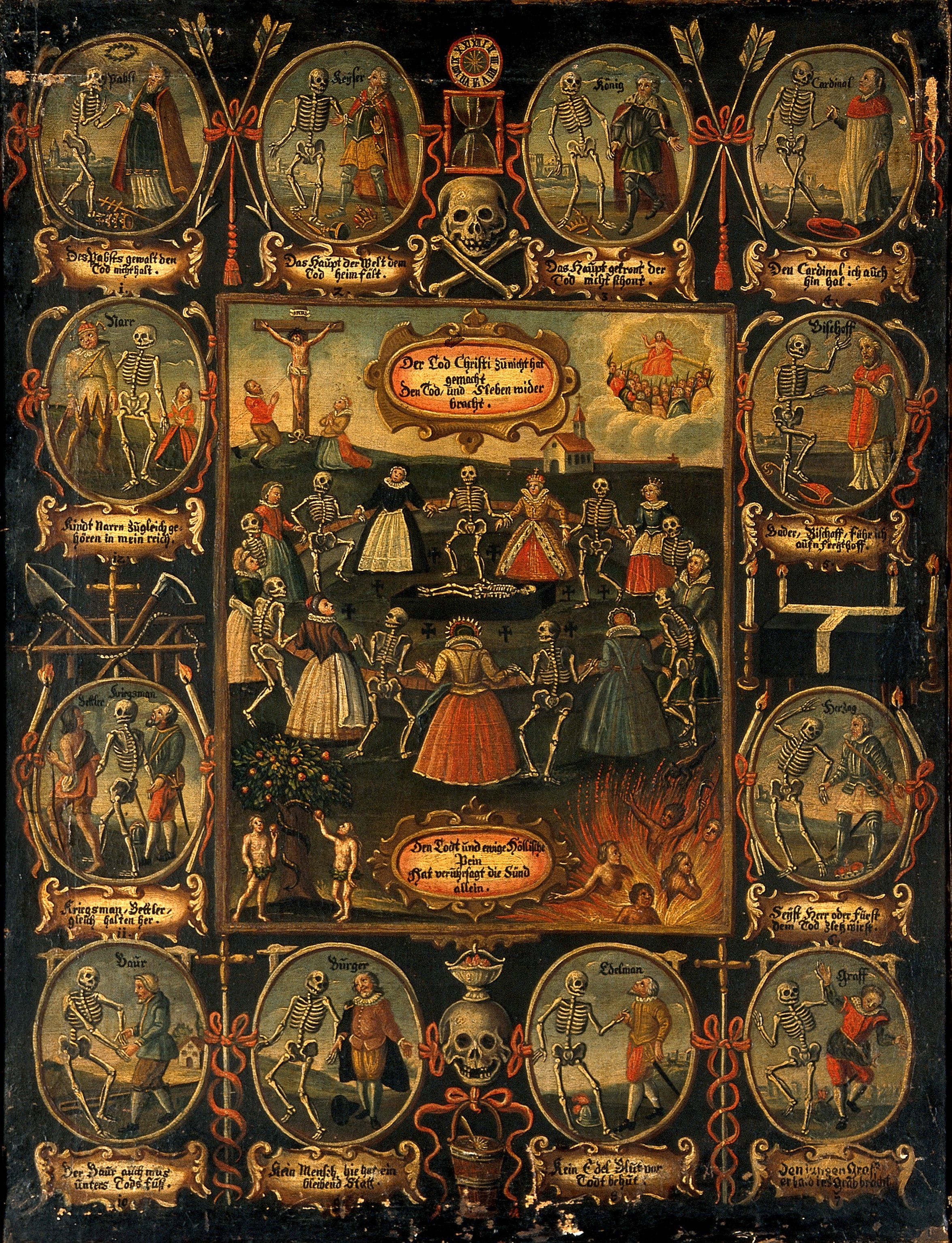
Fürst also added some extra elements to the plague doctor outfit which appear in versions to this day, such as the claw-like gloves and the pointing stick topped by a bat-winged hourglass. These elements are satirical and not a historical reality, but they have nonetheless shaped much of how the stereotypical plague doctor is pictured today.
The engravings of Altzenbach and Fürst may also have inspired the inclusion of the plague doctor, or "Medico della Peste" in Italian, as a standard character in theatres since the 17th century.
Related: The science of the 10 plagues
The plague doctor getup, and especially the beaked mask, has become one of the most popular costumes in the "Carnevale," or Carnival of Venice in Italy. In fact, some historians have argued that the beaked plague doctor was nothing but a fictional and comedic character at first, and that the theatrical version inspired genuine doctors to use the costume during the outbreaks of 1656 and 1720.
Without more informative written reports and images from this period, which can help us understand under what circumstances the outfit was used, it is impossible to tell which came first: the plague doctor's protective outfit, or the carnival costume.
Who were the plague doctors?
Physicians of the later medieval and early modern periods aren't represented by a single outfit. Ideas about the cause and spread of plague changed over several centuries, as did the clothing worn by plague doctors and the methods they used to treat the disease. Plague prevention and care came from college-trained physicians, surgeons, barbers, apothecaries, midwives, herbalists and priests.
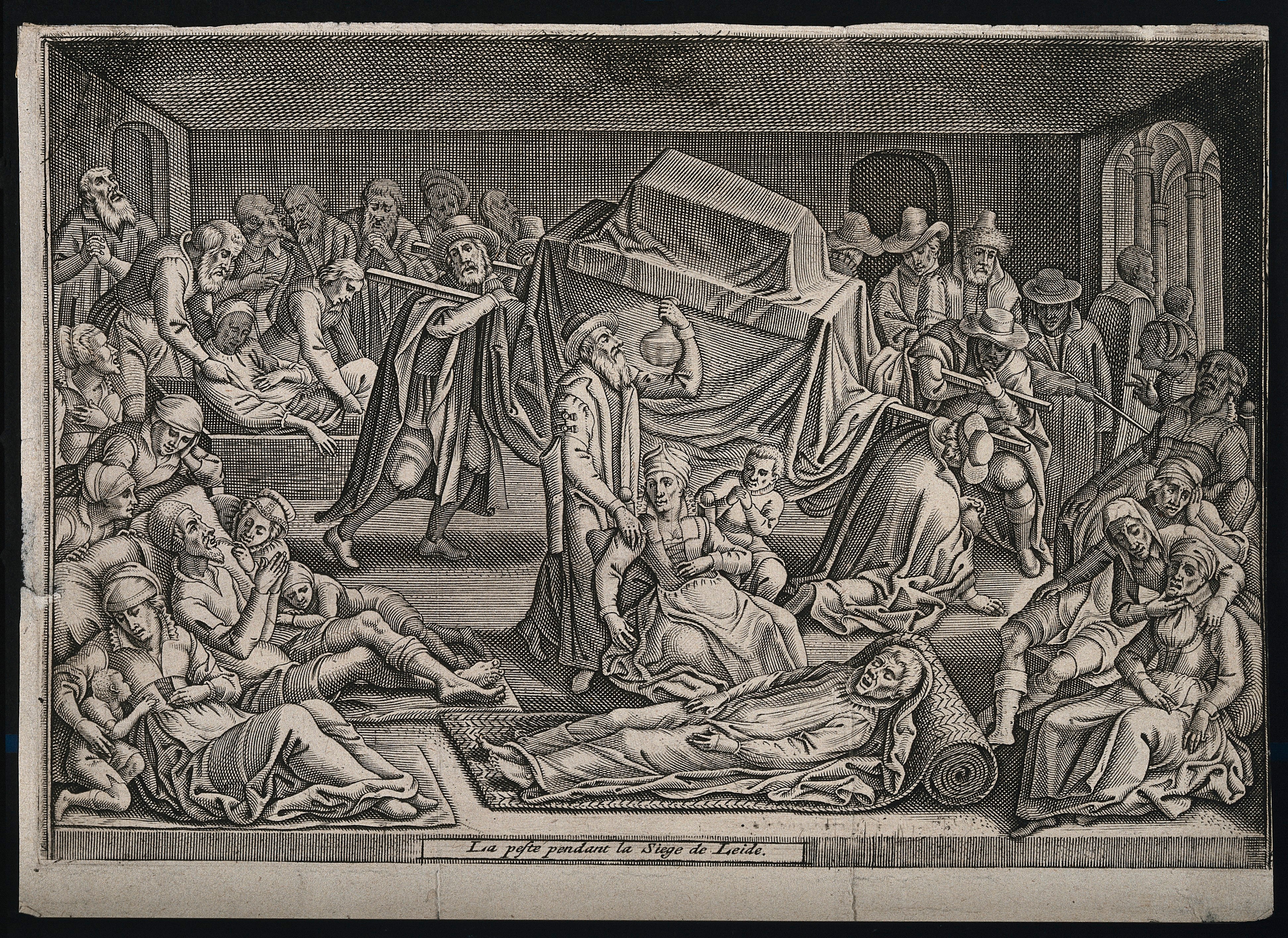
These doctors were working long before germ theory and antibiotics and were unable to cure plagues. However, they deserve more credit than they usually receive, because they recognized the spread and symptoms of plague and gave people hope in an age of constant medical crisis.
Related: Black Death survey reveals incredible devastation wrought by plague
According to Susan L. Einbinder's book "After the Black Death" (University of Pennsylvania Press, 2018), many plague doctors wrote short books, known as plague treatises, to advise their peers and the literate public on plague prevention. Spanish physician Jacme d’Agramont published one of the first treatises in April 1348. According to Einbinder, another early plague doctor called Prof. Gentile da Foligno from Bologna, Italy, died of the plague in 1348, after writing several casebooks on the subject.
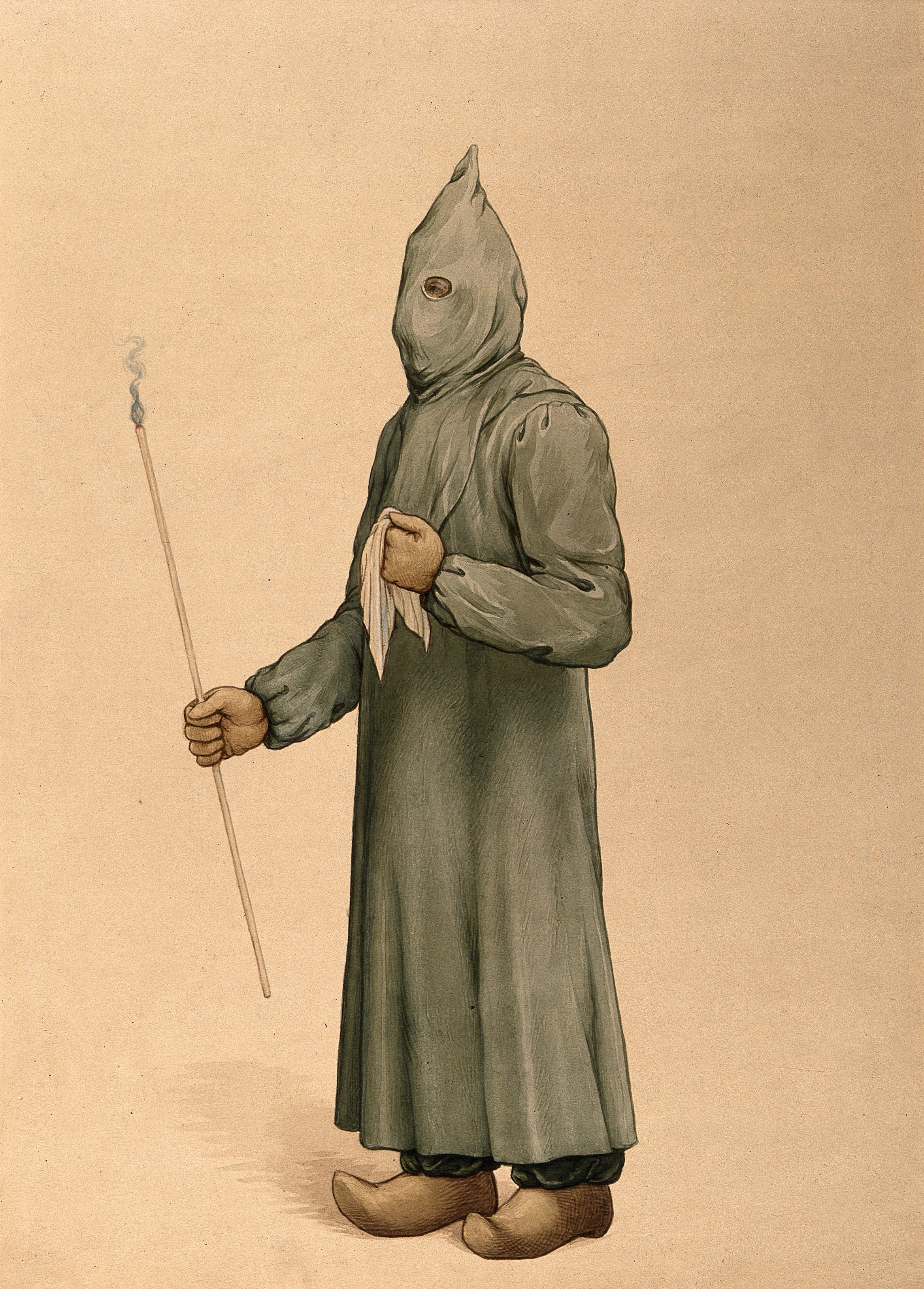
After the outbreak of the Black Death, doctors and scientists immediately tried to fit the disease into their existing understanding of medicine. In both Europe and the Middle East this meant defining the plague in terms of the theory of four bodily humors (blood, phlegm, yellow bile, black bile), first developed by the ancient physicians Hippocrates and Galen and further explained by Arabic and Latin physicians in the middle ages.
Related: What is a pandemic?
Using ancient and medieval medical theories, plague doctors argued that the Black Death was a pestilential fever that corrupted the humors, causing horrific plague buboes, or lymph nodes swollen with blood and pus. Plague doctors recognized that buboes tended to form in the groin, armpits and neck, and saw them as evidence of the body expelling humors from the nearest major organs: the liver, heart and brain, respectively.
According to these doctors, plague could be prevented by strengthening the humors or keeping them in balance through a detailed medical plan or regimen, including changes in diet, taking drugs that caused "beneficial" vomiting and urination, and prophylactic bloodletting. All of these procedures were intended to expel corrupted humors from the body and to keep black bile, known as melancholia, from dominating the body. This bile was considered at the time to be the most dangerous of the humors.
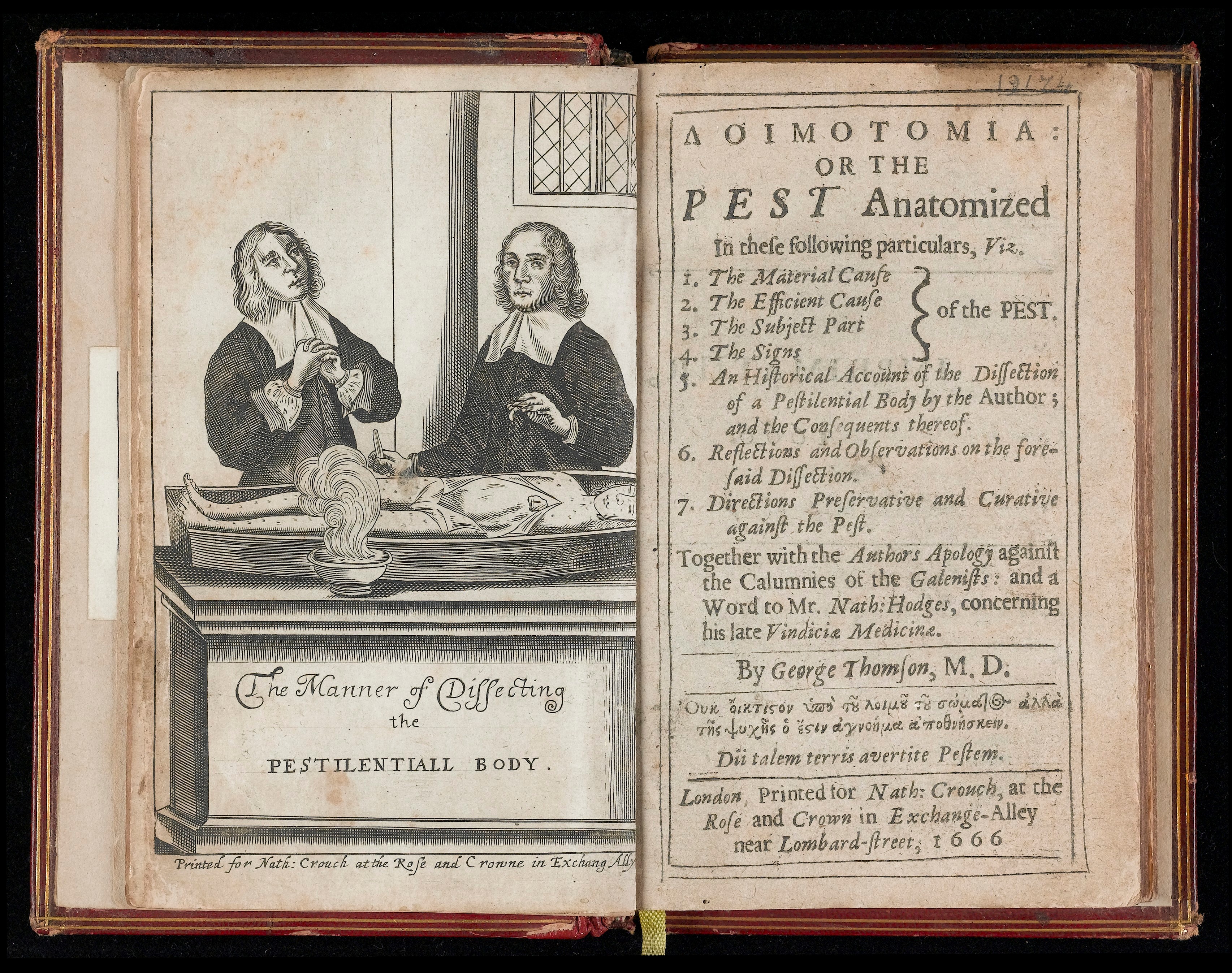
One of the most popular theories was described at length by the faculty of medicine at the University of Paris. In 1348, the king of France asked the professors for their advice as the plague approached the royal capital. The professors combined medicine with astrology, which was generally considered a serious science at that time, to explain the cause and spread of the plague.
The air of the Earth, they said, was overheated and corrupted by a 1345 conjunction of the planets Mars, Saturn and Jupiter (all of which were considered hot, violent or corrupt in its astrological influence) in the zodiac sign of Aquarius (a wet sign). This unnaturally hot and moist air blew across Asia toward Europe, causing plague wherever it passed. When medieval doctors referred to a pestilence, they often did not mean the disease itself, but the poisoned air that engendered the disease in human bodies.
Related: 20 of the worst epidemics and pandemics in history
To protect people from the pestilential air, doctors encouraged the wearing or holding of sweet or bitter substances, such as violets, wormwood, vinegar or (if you were wealthy) a chunk of ambergris, which was a strongly scented secretion of a sperm whale’s intestinal lining. Doctors also suggested burning pitch, incense, or bitter-smelling woods to purge and purify the air. From the late middle ages, doctors also recommended firing cannons to combat miasma with the gunpowder smoke.
Although the beak mask costume has since become a theatrical and macabre symbol of a primitive time in medical history, in truth it represents how for centuries physicians, scientists and health officials have thought about the spread and prevention of plague. The costume represents changing ideas about the causes and transmission of disease, about the relationship between doctors and patients, and about the role of the state in protecting public health.
This is an extract from an article originally appearing in All About History magazine.

Sign up for the Live Science daily newsletter now
Get the world’s most fascinating discoveries delivered straight to your inbox.
Winston Black is a historian of medicine and religion in medieval Europe, and has taught at numerous universities in the United States and Canada. His research focuses on medieval pharmacy (drugs, herbs, and spices) and the interactions between medicine and theology in the High Middle Ages. His publications include "Medicine and Healing in the Premodern West: A History in Documents," (Broadview Press, 2019), "The Middle Ages: Facts and Fictions" (ABC-CLIO, 2019) and "A History of the Middle Ages, 300-1500, Second Edition (2016)" (Rowman & Littlefield Publishers, 2016).











